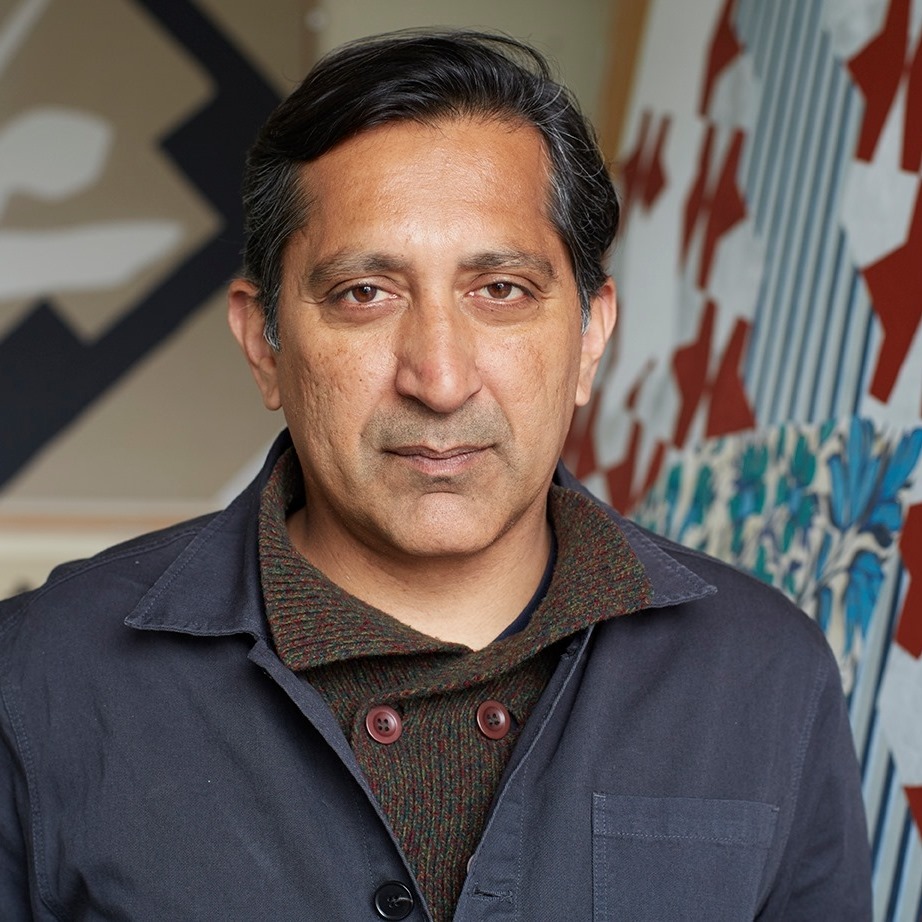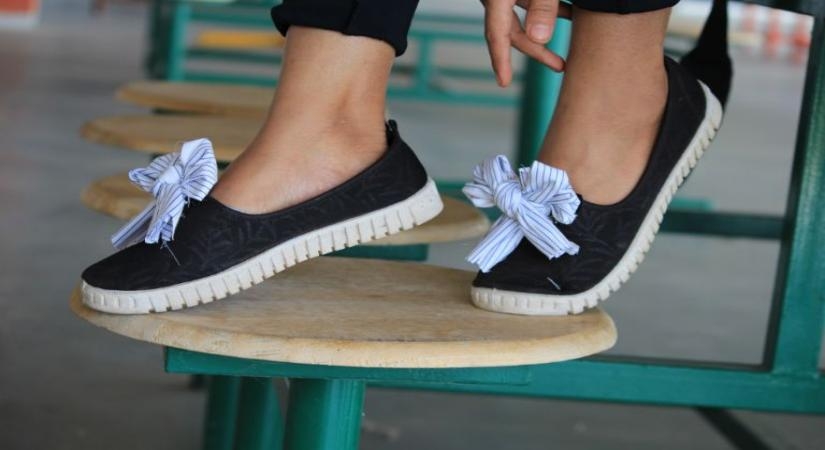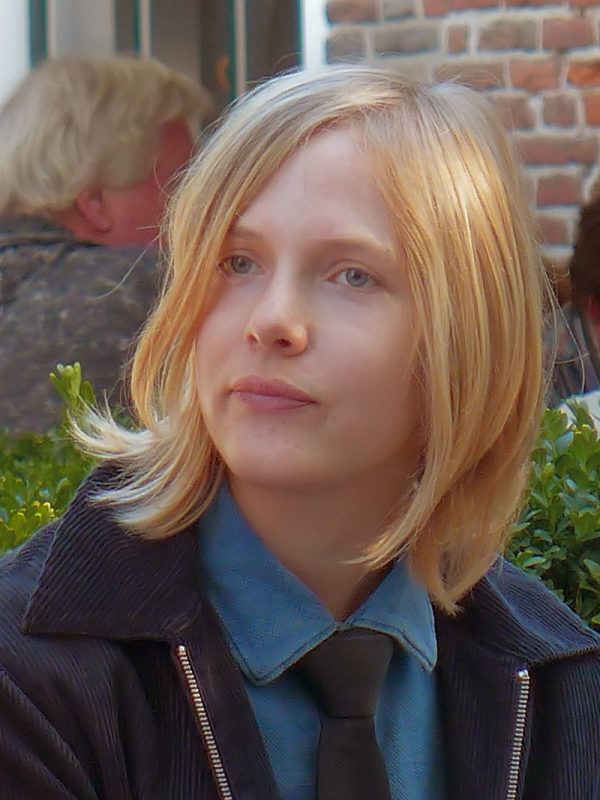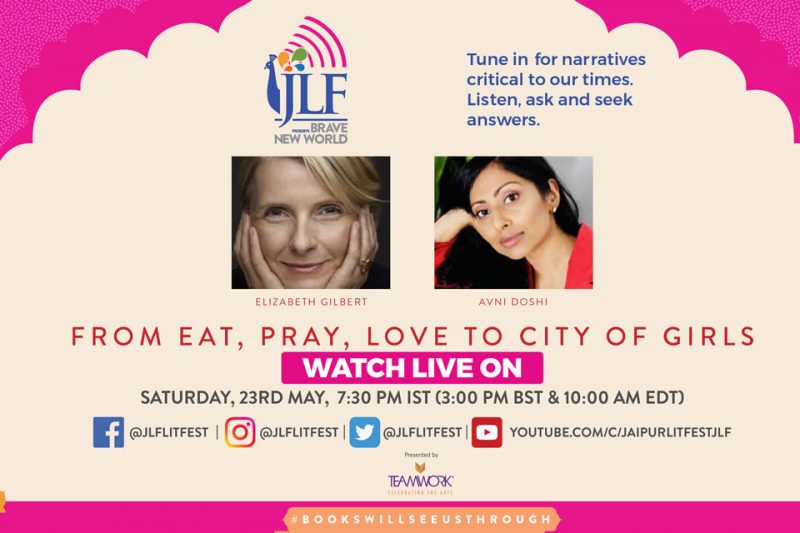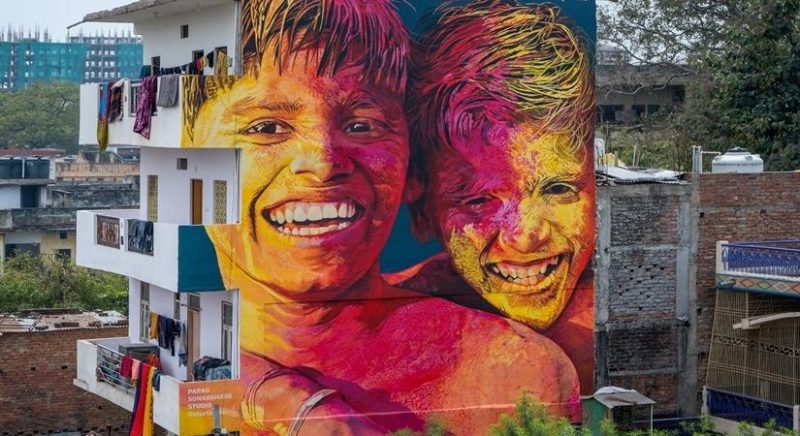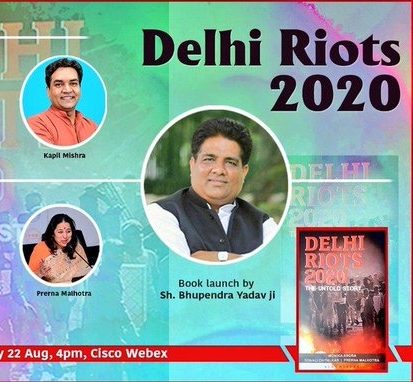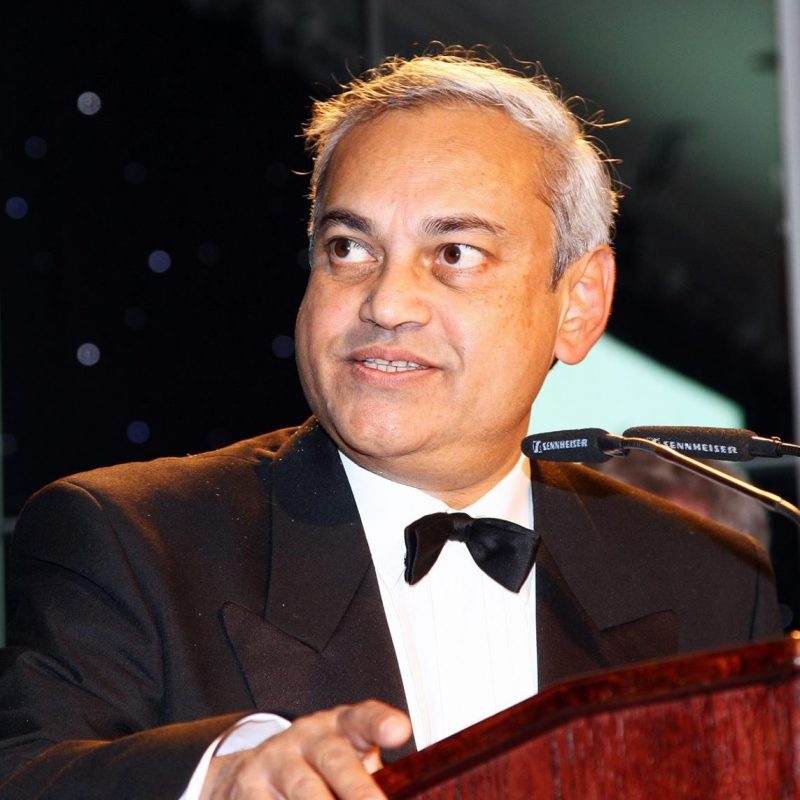While he has always been intrigued by the media gaze towards different events, he feels that it is imperative for him to enter those areas and look at what popular media prefers to ignore — be it Kashmir or Palestine (‘Anamorphosis’, body of three works at London’s The Mosaic Rooms-2019 informed by his experiences of the two places).
One of four artists representing India at the Indian Pavilion at Venice Biennale (2011), where he created a site-specific drawing installation, Netherlands-based Indian artist Praneet Soi, who was also a part of the Kochi-Muziris Biennale (2016) insists that it is not the politics of places in the living with unrest that attract him as there is already a lot of material available about what is happening there.
“When I spent considerable time in Kashmir and Palestine, I realised they have deep histories going back a long time, and owing to the unrest, no one talks about that — which is such a great loss. An artist, I am interested in looking at people from a humanistic lens, the beauty and the landscape.”

Praneet, who worked with the local craftsmen in the Valley realised that they were much invested in history and each conversation with them opened a trove of stories. “They have different takes on things. But let us remember, as an artist, one is essentially a secular person. After all, we speak the language of colour, of form and try getting into the semantics of a culture. Our preoccupations were — what were the images all about? Could we play with them?”
The artist, whose work is part of ‘A Mind of One’s Own’ (till July 19) at Vadehra Art Gallery in the capital insists that the unrest in Kashmir and Palestine didn’t really ‘impact’ his work in the conventional sense. “It was the unrest that brought me to those places. I was in the US when 9/11 happened. Post that if you were a South-Asian, you started feeling a peculiar way. I began looking at all those images of the tragedy on the American soil and began to wonder about areas in my country which were in a pressure cooker situation. Kashmir was an interesting place to start looking at my own borders. Someone like me, who grew up in Kolkata, was not really in touch with his own country’s borders. I was part of the metropolitan citizenry, not aware of the problems, maybe I did not want to be. So I thought — Let’s see where my country’s peripheries are.”
As we talk about his deep relationship with the ‘media gaze’, which one could witness in his exhibition ‘Hold Still’ held at Experimental, Kolkata, he recalls how he noticed the photographic representation of places like Afghanistan, Iran and Iraq post 9/11 when he was a student in the US.

“The pictures of the crumbling towers were akin to an action film — framed like a contemporary urban catastrophe. Cut to a year or later, and notice the images of the US sending troops to the Middle East and Afghanistan. The images from there were like that of mythical landscape, so antiquated and orientalist. One immediately begins to see how quickly and efficiently the western media places you and themselves.”
Adding that in the last 20 years, he has been observing how the western media talks about India — now using terms like ’emerging superpower’ etc. which was not the case two decades back, the artist says, “Another story is that India is still a country plagued by poverty, it’s always these poles between which the representation moves. They don’t explore the in-between. Every country is a complex story, you can’t just talk about one side. You have to somehow get into the details, but of course there is not much place for that in the media today.”
For someone who studied art at Baroda, went to do his second Master’s from the University of California at San Diego on scholarship, and then moved to the Netherlands in 2002, and all this while, maintaining a strong connection with India; this oscillation has assured him a distance from all the continents.
“I get to look at things a little bit differently for I am always an outsider now — both in n Netherlands and in India. Yes, it’s an interesting space to be in which gives you a certain viewpoint. Constant calibration is required to understand your position in relation to the political environment.”

Stressing that even many rich economies in the west have not been able to do enough in terms of providing a financial security blanket for artists in face of the pandemic and, he adds, “It’s not that people are laughing all the way to the bank there. There is confusion if they are grants or loans from the government. As far as India is concerned, historically, when has there been social welfare in India? There are no unemployment benefits like in Europe or America. The question to ask is can we build something like that for the future?”
For Praneet, the lockdown proved to be an exercise in concentration. He could visit his studio and had time to think about his practice deeply. “Considering everything had slowed down at all levels, I could rethink, write, see and solve some problems in my work. I am quite sure it will change my practice in terms of how I look at my own imagery, and the relationship I share with my work.”
Calling his creative process the ‘notational methodology’, Praneet says that to an artist, a subject comes to him by intuition. “For many years I was working with artists in Kumortuli in Kolkata. We were making sculptures. And I would go for walks when the craftsmen enjoyed their siesta at noon. On the banks of Hooghly river, old warehouses have been taken over by small factories making cheap fabric and kids’ toys. I started seeing that, began exploring, started making notes, talking to people, talking to historians and sociologists. You go deeper and get on to interesting tangents, and out of the subject. Broadly speaking that is how I hover around and then dig myself in a subject.”
At present looking at the history of the Philips company, especially its major restructuring which resulted in one of the biggest lay-offs in Europe in 1990, and the consequences it has on the entire town where the company was situated, Praneet now plans to work on a series of paintings, drawings and videos revolving around that.
Also Read-Need of holistic care for elderly


